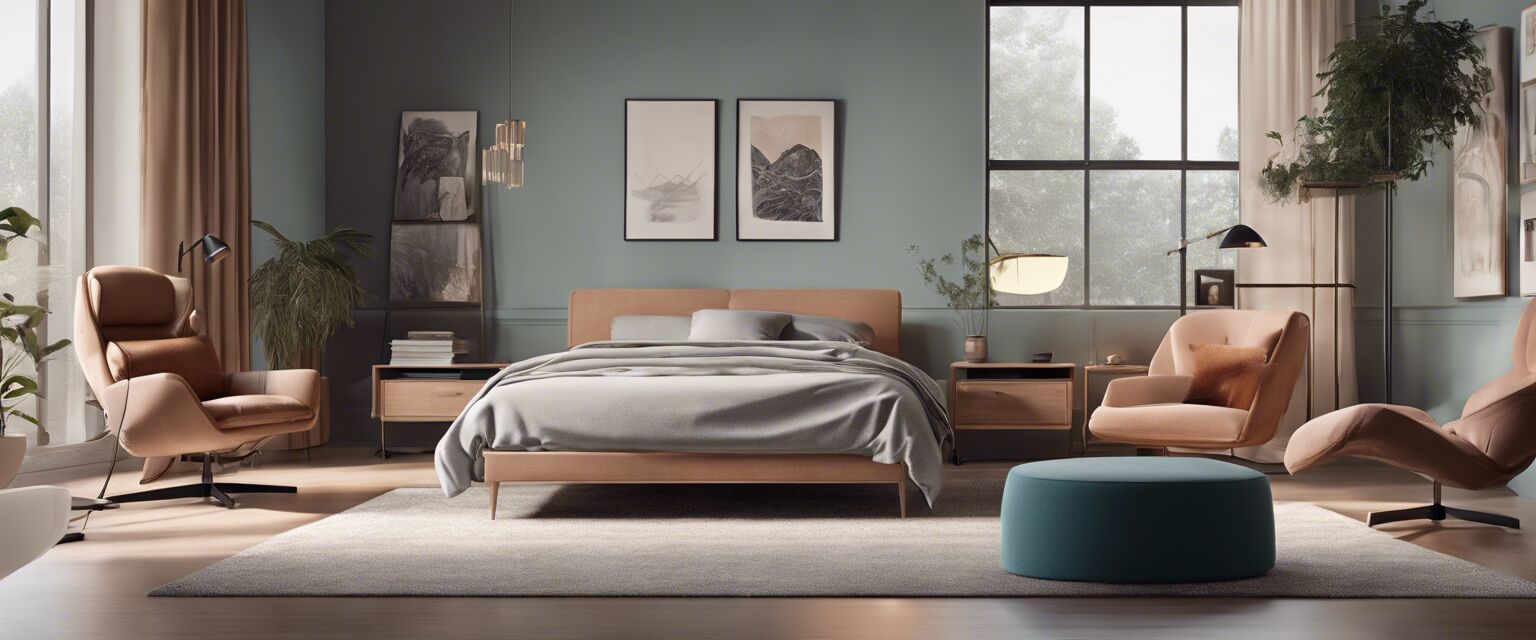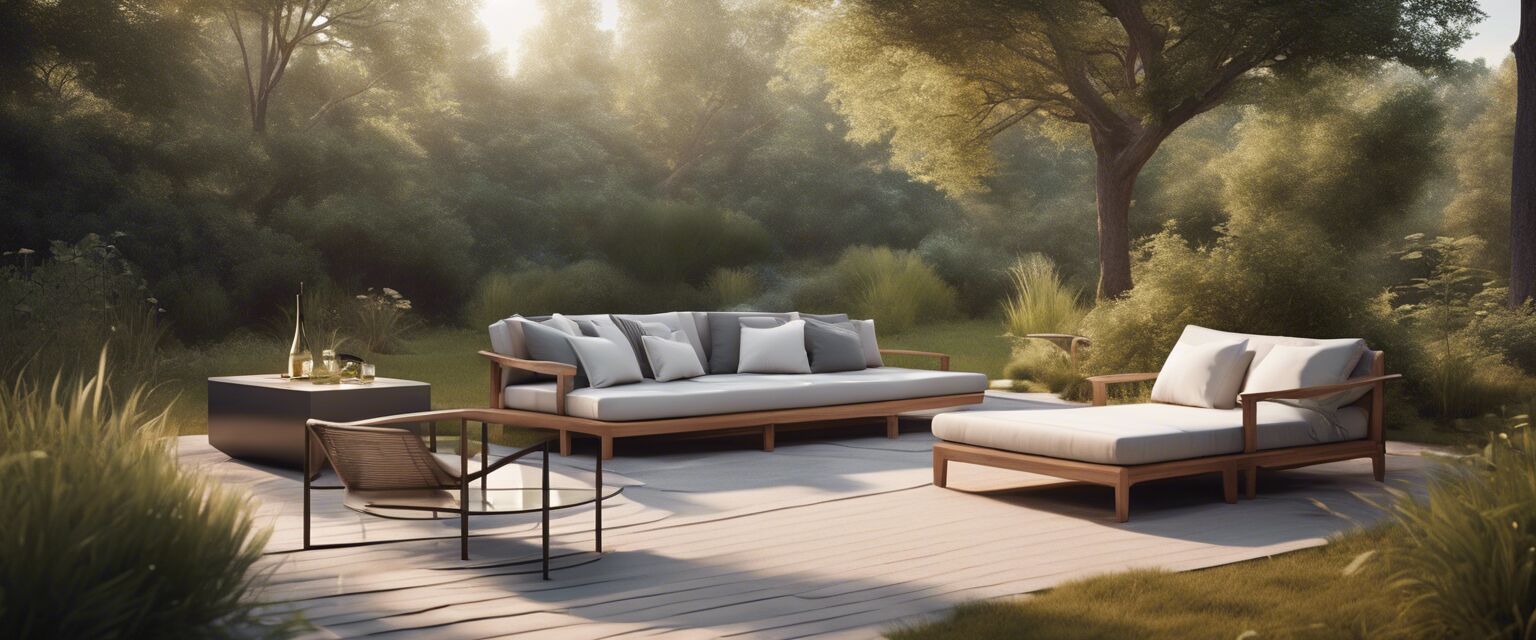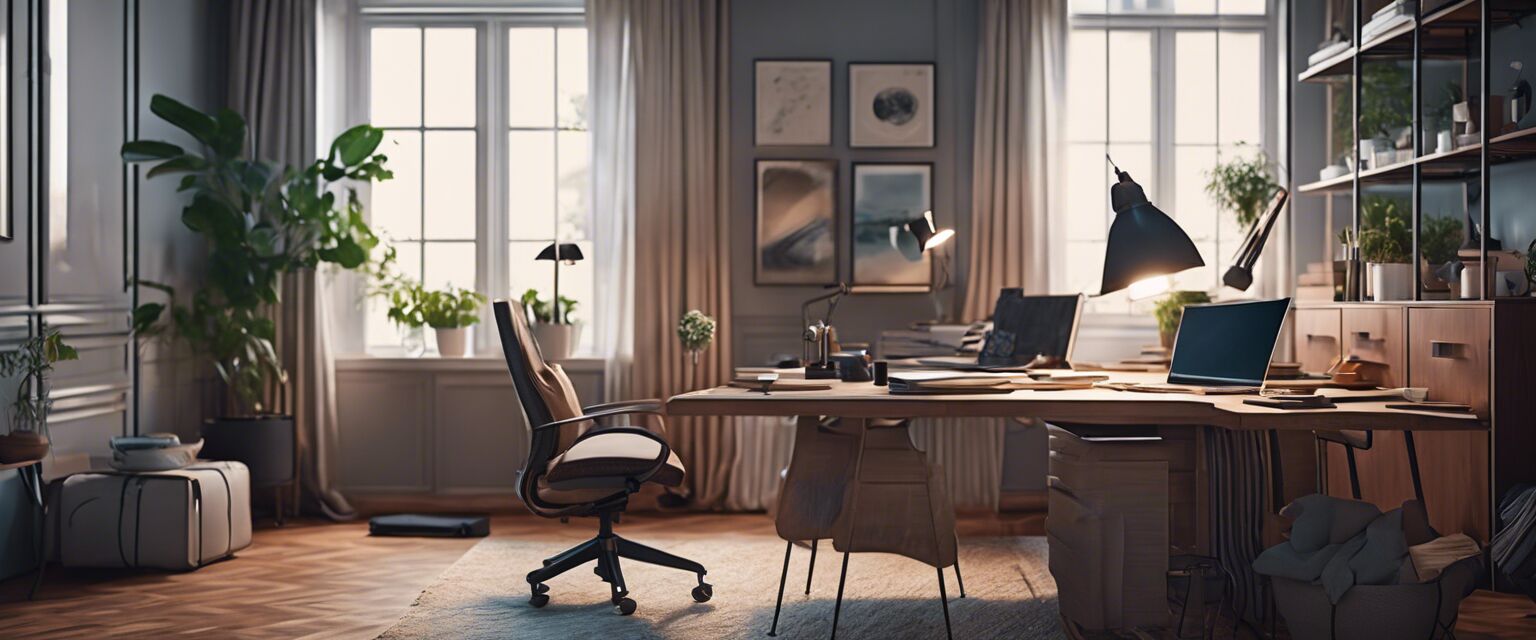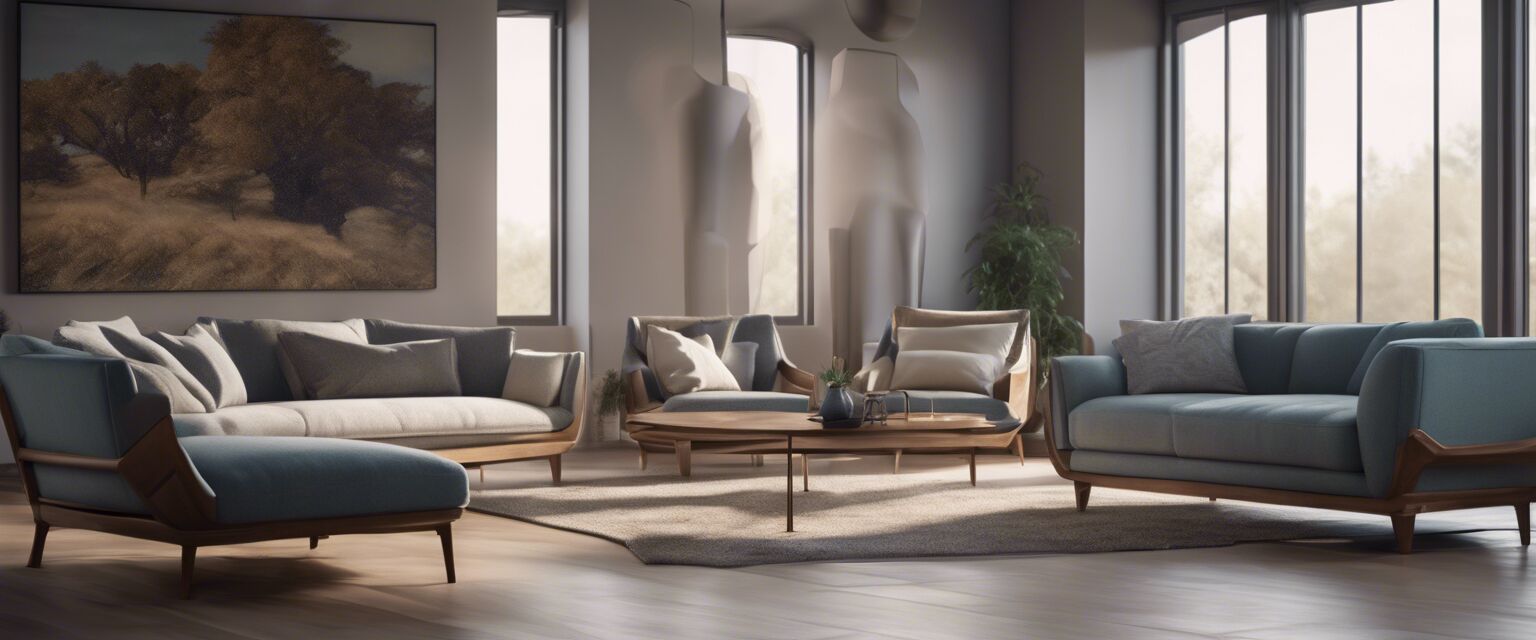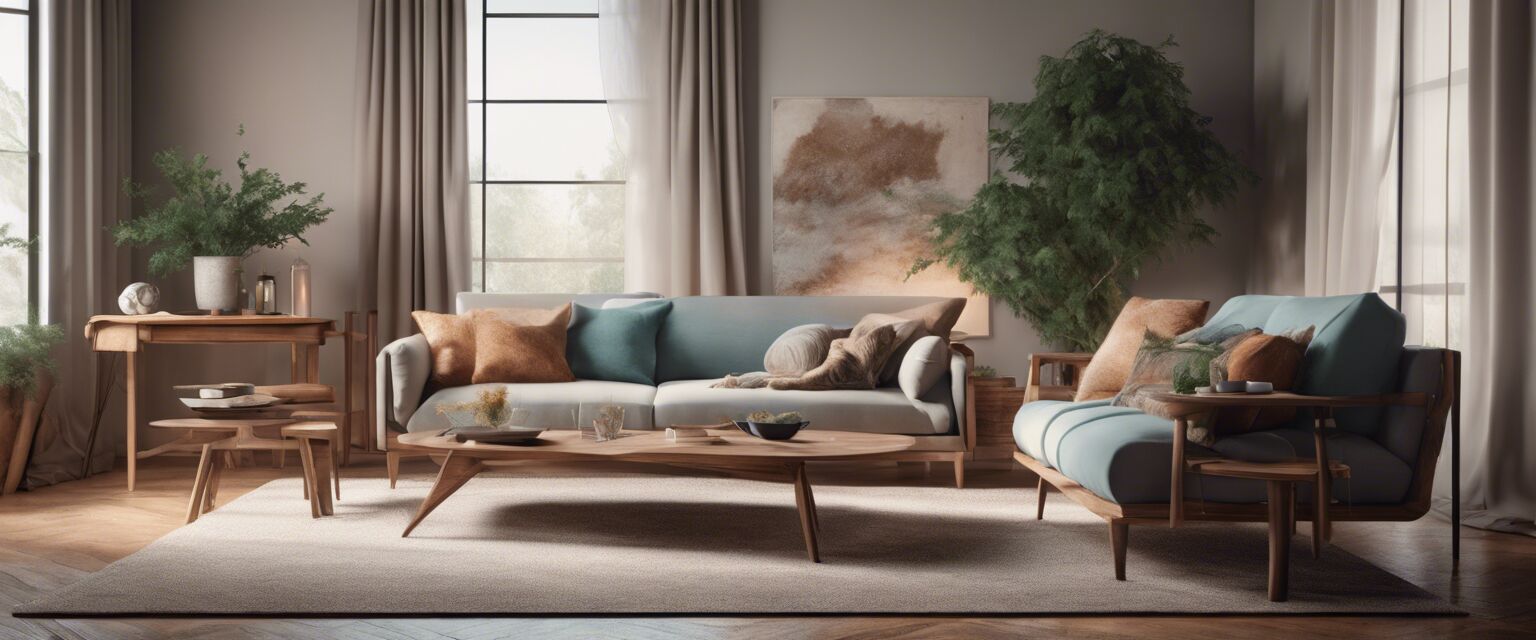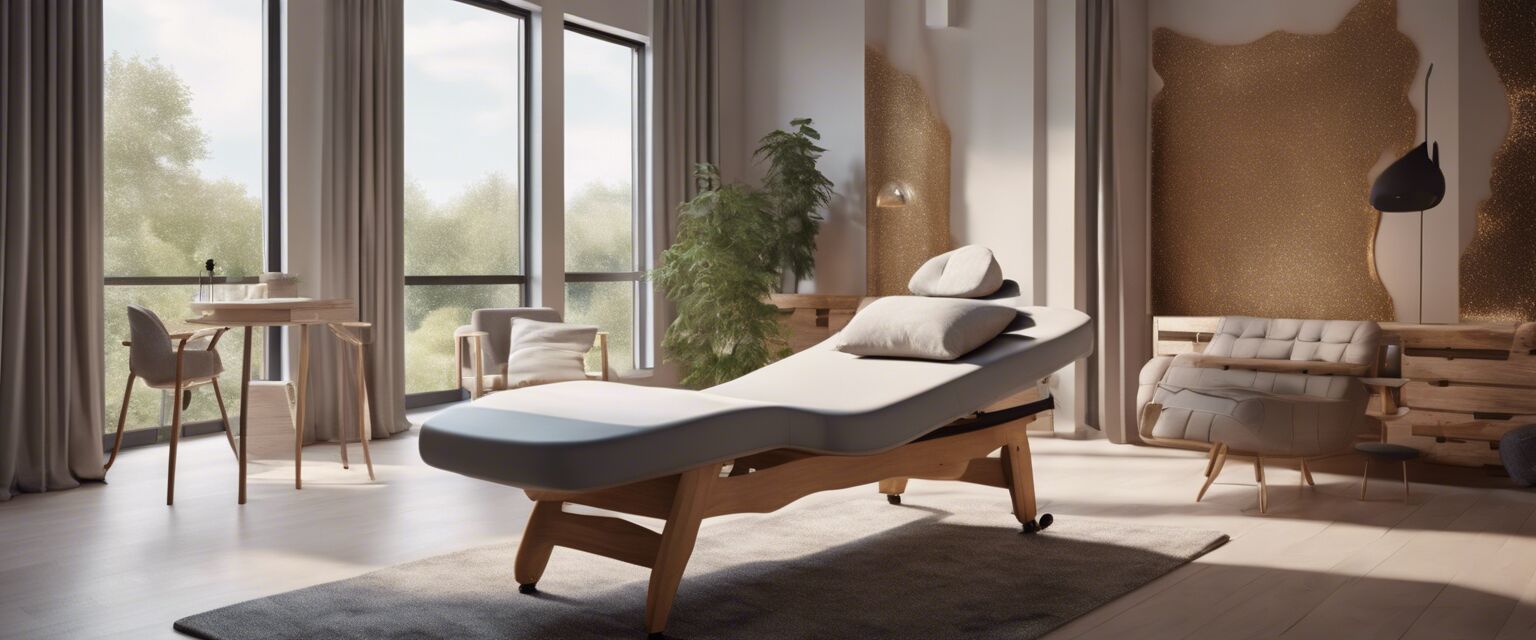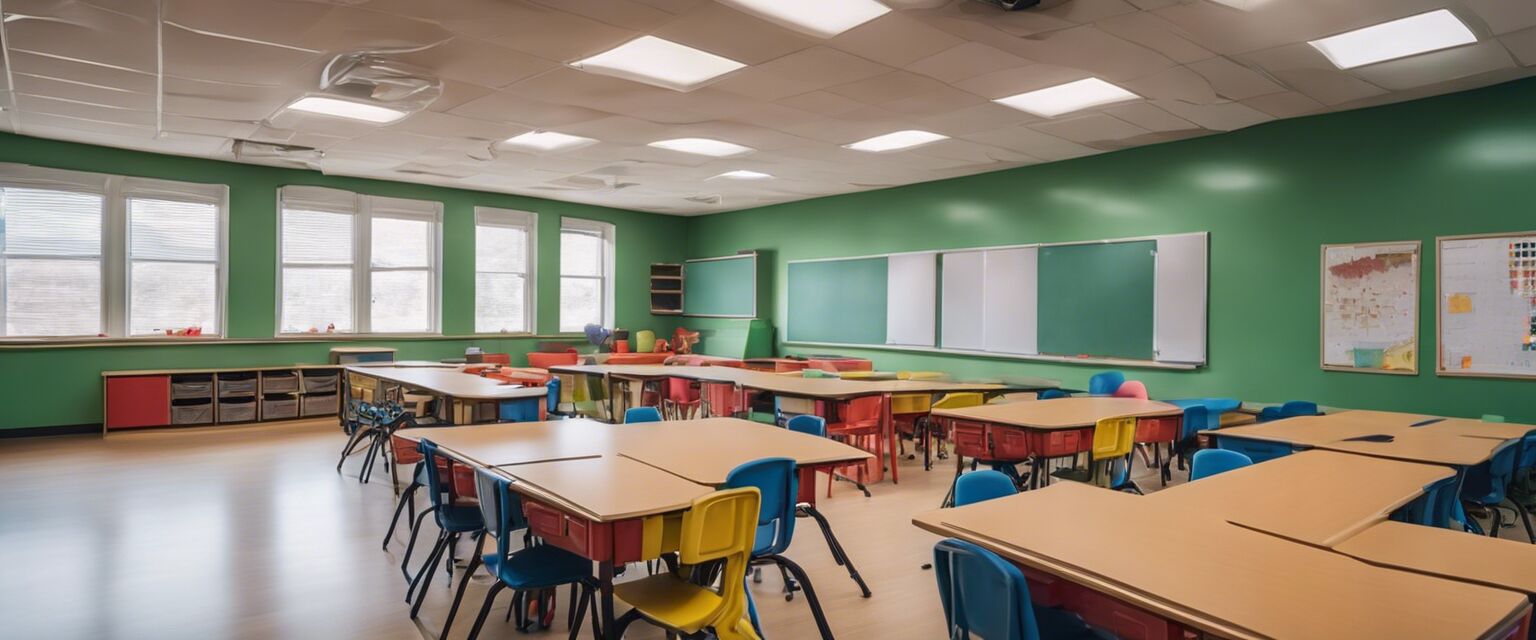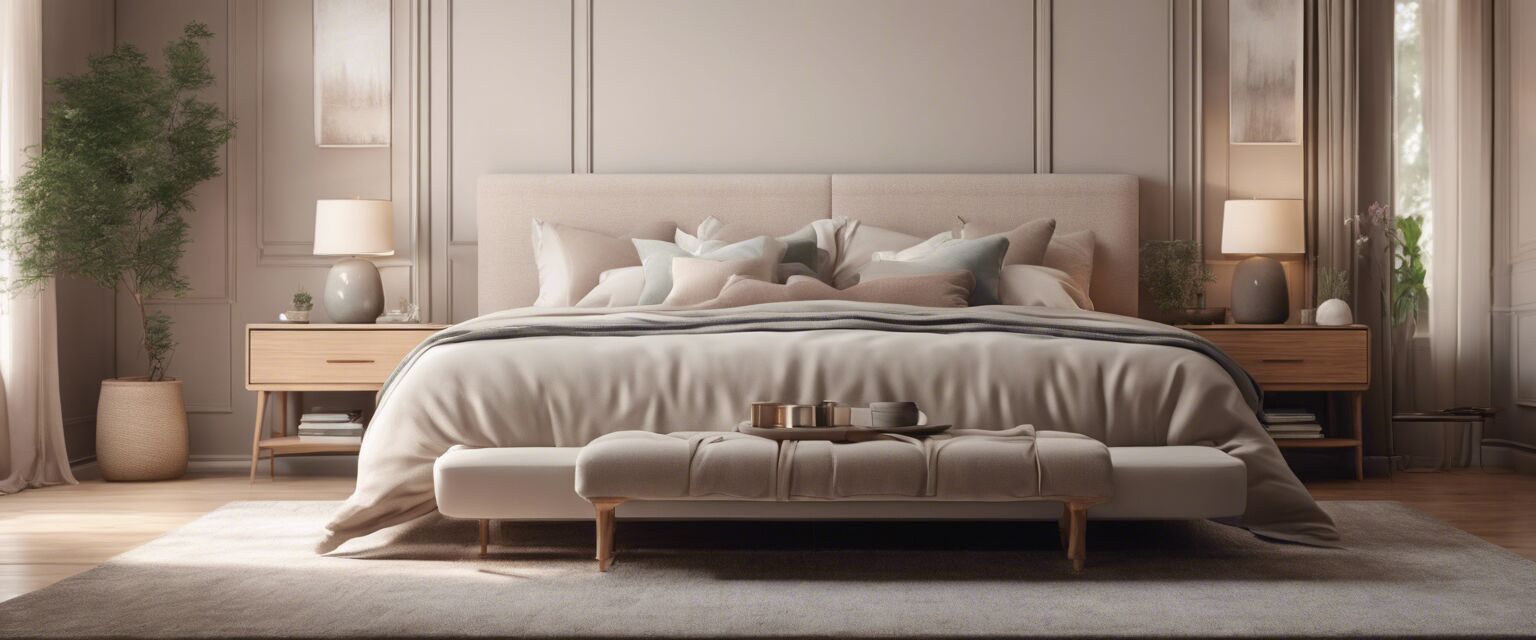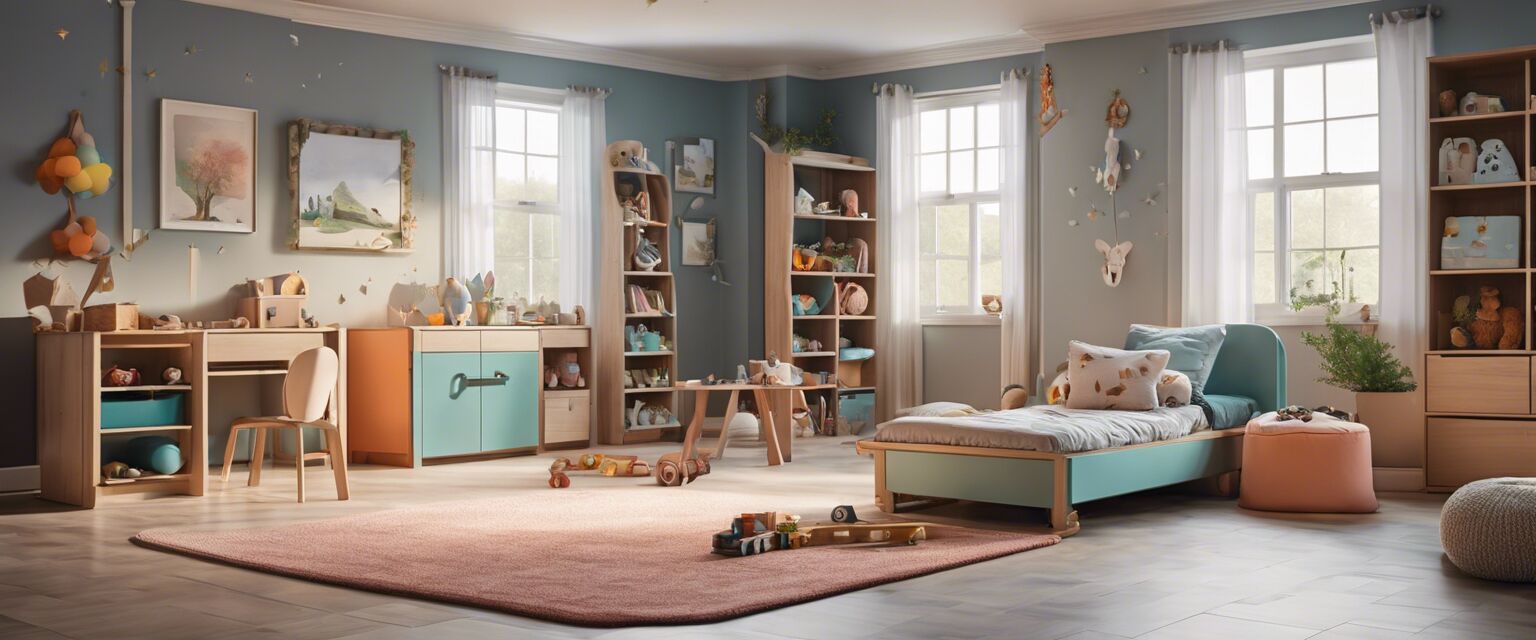
Modular Playroom Furniture
Key Takeaways
- Modular furniture offers flexibility and adaptability for various playroom layouts.
- Choosing sensory-friendly materials enhances comfort and engagement.
- Incorporating calming colors and textures can create a soothing environment.
- Furniture can be designed to encourage active play and relaxation.
Creating a sensory-friendly playroom is essential for children who need a calming and engaging environment. Modular playroom furniture is an excellent choice as it allows for customization and flexibility. In this article, we will explore various ideas and products that can help you design the perfect playroom tailored to your child's sensory needs.
What is modular furniture?
Modular furniture refers to pieces that can be rearranged or reconfigured in different ways, making them versatile for various spaces. This type of furniture is particularly beneficial in playrooms where the needs of children can change frequently. Here are some key benefits of modular furniture:
- Adaptable to different activities and play styles.
- Easy to move and rearrange as needed.
- Can be expanded or reduced based on space requirements.
Benefits of sensory-friendly furniture
Sensory-friendly furniture is designed to cater to the sensory needs of children, especially those with autism. Here are some advantages:
- Promotes comfort and relaxation.
- Encourages engagement and active play.
- Helps in reducing sensory overload through thoughtful design.
Ideas for creating a sensory-friendly playroom
When designing a sensory-friendly playroom, consider the following elements:
1. Calming beds
Calming beds are specially designed to provide a soothing spot for children to relax. Look for beds that feature:
- Soft, breathable fabrics.
- Low-to-the-ground designs for easy access.
- Adjustable components to suit different needs.
2. Ergonomic desks
Ergonomic desks are perfect for activities like drawing or homework. Features to consider include:
- Height-adjustable surfaces.
- Integrated storage solutions.
- Sturdy and safe materials.
3. Quiet room accessories
Quiet room accessories can enhance the playroom by creating areas for relaxation. Consider incorporating:
- Soundproof curtains.
- Soft lighting options.
- Comfortable seating like bean bags.
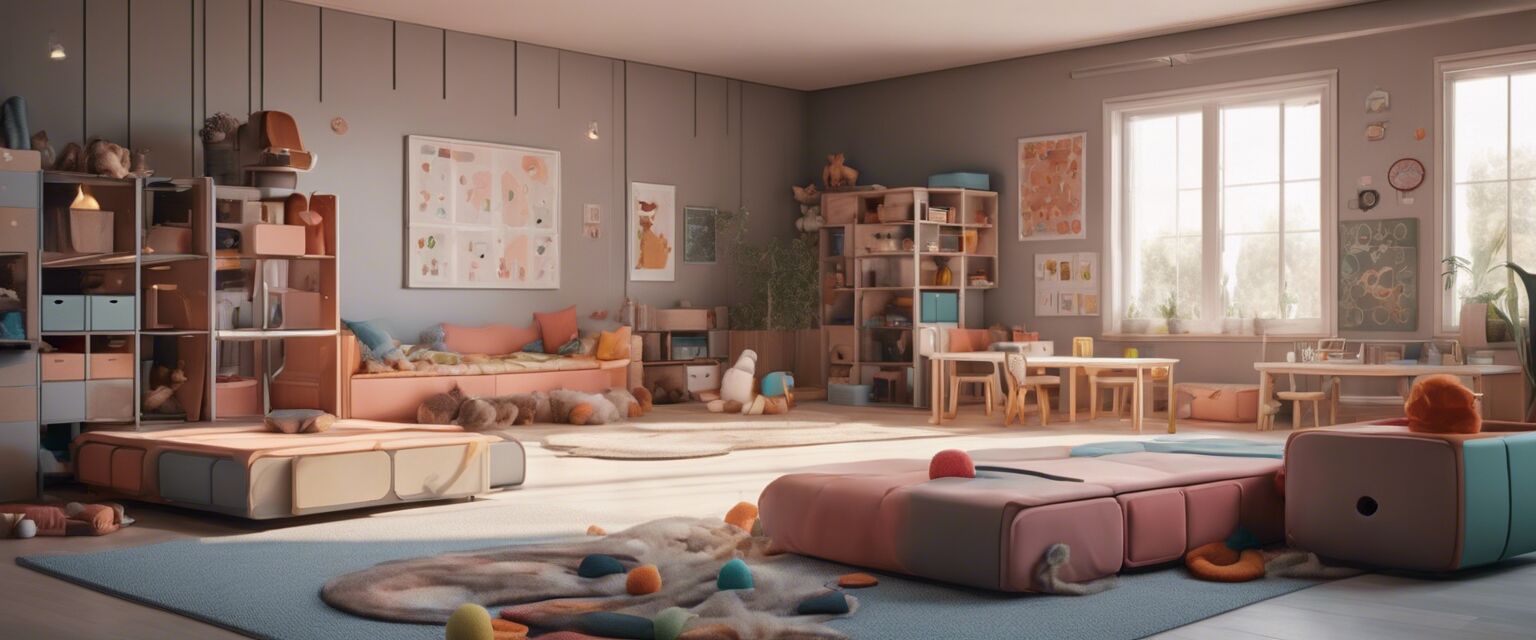
Suggested furniture types for a sensory-friendly playroom
| Furniture Type | Key Features | Benefits |
|---|---|---|
| Calming beds | Soft materials, low height, adjustable | Promotes relaxation and comfort |
| Ergonomic desks | Adjustable height, storage | Supports good posture and organization |
| Quiet room accessories | Soundproof options, soft lighting | Reduces sensory overload |
| Sensory chairs | Rocking, bouncing features | Encourages movement while seated |
| Sensory tables | Interactive surfaces, storage | Promotes creative play and learning |
Choosing the right colors and textures
The colors and textures in your playroom can significantly affect the sensory experience. Here are some tips:
- Soft, muted colors can create a calming atmosphere.
- Incorporate various textures to engage the senses.
- Use natural materials whenever possible for added comfort.
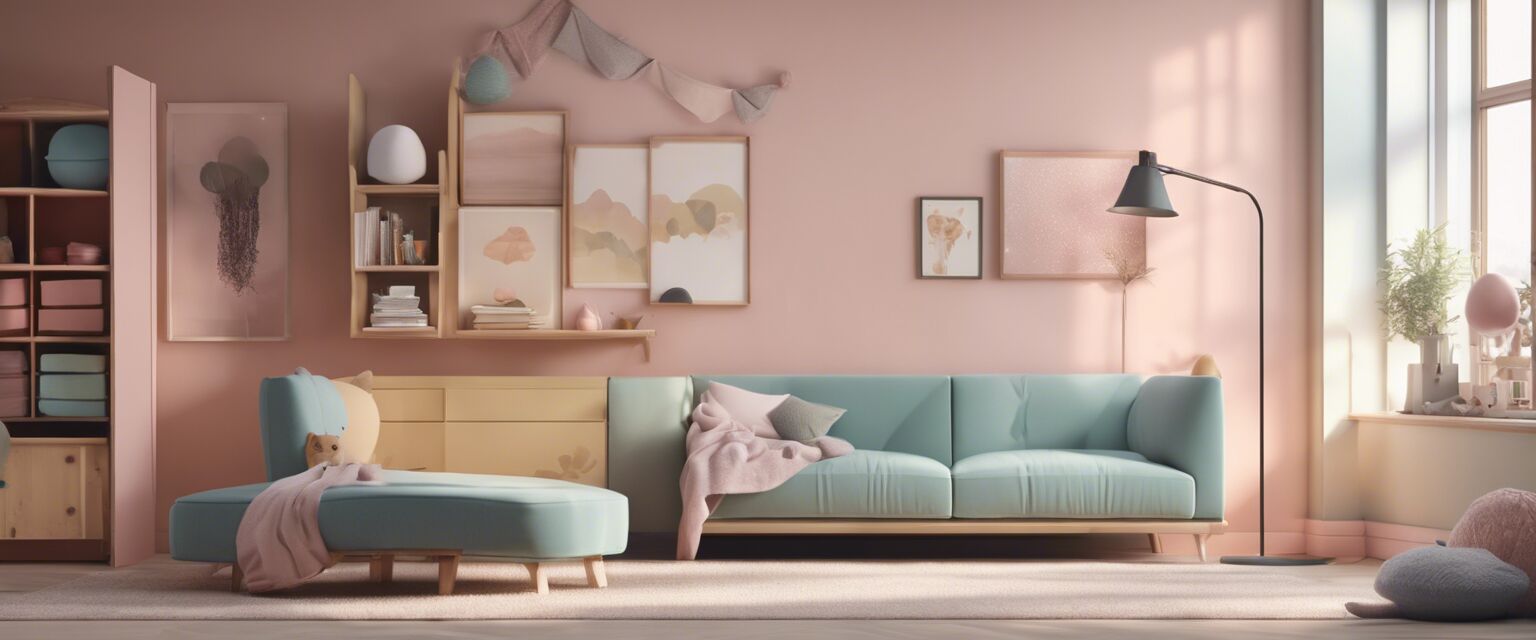
How to arrange your playroom layout
When arranging the furniture in your playroom, consider the following layout tips:
- Designate specific areas for different activities.
- Ensure there is enough space for movement and play.
- Place calming beds and quiet areas away from active play zones.
Example playroom layout
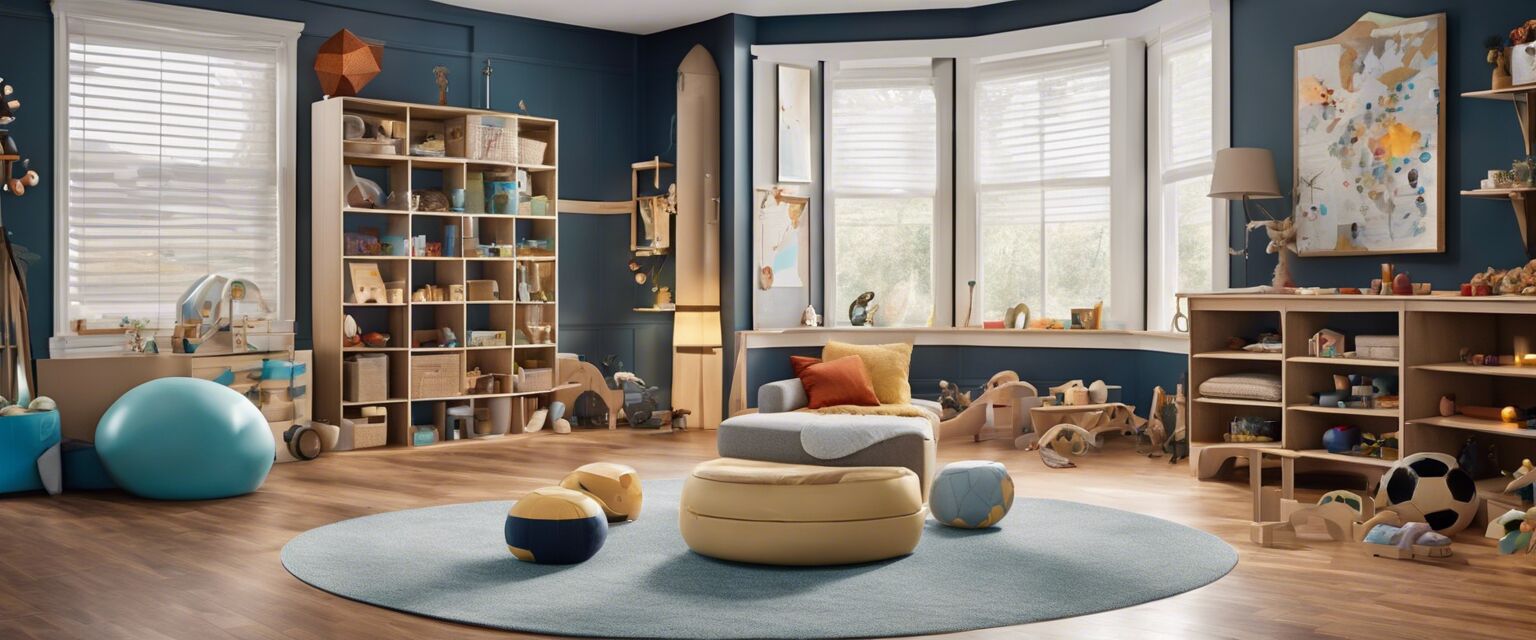
Internal links to explore more
For more ideas on creating a sensory-friendly environment, check out these related pages:
- Explore calming beds
- Discover ergonomic desks
- Find quiet room accessories
- Check out sensory chairs
- Learn about sensory tables
Pros and cons of modular playroom furniture
Pros
- Highly adaptable to changing needs.
- Encourages creativity and active play.
- Facilitates a calming and engaging environment.
Cons
- Can be more expensive than traditional furniture.
- Requires more planning for optimal layout.
- Some pieces may not be suitable for all children.
Conclusion
Designing a sensory-friendly playroom with modular furniture can create a nurturing and stimulating space for children. By incorporating calming beds, ergonomic desks, and thoughtful accessories, you can enhance the play experience while catering to sensory needs. Remember to choose calming colors and textures and arrange the layout for optimal engagement and relaxation. With these ideas, your playroom can become a favorite space for your child.
